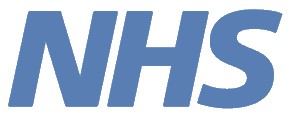Technical annex Download
5 Data collection
The GP Patient Survey (GPPS) has historically used a simultaneous push-to-web approach, offering the option to take part online or via a paper questionnaire in every mailing. From 2024 onwards, the contact strategy for GPPS has changed to a sequential push-to-web methodology, meaning that a paper questionnaire is only enclosed in the last reminder mailing. This was a result of a series of experiments conducted in 2022 and 2023 which demonstrated that it was possible to save a significant amount of money by removing a paper questionnaire from the first two mailings and, where a mobile phone number was available, to replace the second physical mailing with an e-letter.
To maximise participation, patients can also take part by telephone, and the survey is offered in a variety of accessible formats. The overall contact strategy and processes are described in greater detail below.
Note that although patients are offered several methods of completion, only one completed survey per patient is included in the final data.
5.1 Contact strategy
Initial letters were sent to all patients in the final sample on the dates in Table 5.1. This was followed one week later by an SMS reminder to all those in the sample with a valid mobile phone number. Two additional reminder mailings were sent; the first an e-letter via SMS (or a paper letter if no mobile number was provided), followed by a second SMS reminder. A final paper reminder mailing followed this, including a paper questionnaire. A third SMS reminder was sent a week after this paper mailing. An additional SMS was sent close to the end of fieldwork to improve response rates.
Table 5.1: Survey mailout and SMS reminder dates
| Dates | |
|---|---|
| Initial invitation letter | 30 December 2024 – 2 January 2025 |
| First SMS reminder | 6 January – 8 January 2025 |
| E-letter reminder (or letter if no mobile number available | 20 January – 22 January 2025 |
| Second SMS reminder | 27 January – 29 January 2025 |
| Final paper mailing (including questionnaire) | 17 February – 19 February 2025 |
| Third SMS reminder mailing | 24 February – 26 February 2025 |
| Final SMS reminder | 18 March – 20 March 2025 |
Some of the experiment groups followed slightly different mailing timings. More detail on the experiment design can be found in the appendices.
5.2 Mailing process
The final survey sample is delivered to the printing house via secure file transfer protocol (SFTP), using high level encryption. Upon receipt it is cleaned using the Postcode Address File (PAF), a process which ensures that the letters are sent to the correct postal address and that the mailing is eligible for postage discounts. A downstream access provider is used for processing the mailing packs, with items then handed over to Royal Mail for ‘final mile’ delivery.
All letters and questionnaires are digitally printed as required, ahead of each postal mailing. C5 Business Return envelopes, and C5 outer envelopes are also printed in advance. The letters are personalised with name, address, and the individual’s unique access code, which also appears on the questionnaire. The relevant materials are packed into an outer envelope by machine, and sorted into national or zonal batches, ready for collection by the downstream access provider.
5.3 Text messages
The final mobile number sample is delivered to the text message provider via secure file transfer protocol (SFTP), using high level encryption. All SMS messages are personalised with a short URL that is unique to each patient, allowing them direct access to the online survey.
To manage the volume of text messages being issued into the mobile network at any time, an automated system schedules a set number of messages in batches, with a maximum of 50 texts per second from 9am to 8:55pm. Each of these were sent over up to four days (Monday to Thursday).
5.4 Handling reminders
Patients who were not sent a reminder, included those who met the following criteria at the point of the relevant deadline:
-
had taken part in the survey online.
-
had taken part in the survey via the helpline.
-
had telephoned or emailed the helpline and opted out of the survey.
-
had opted out via NHS England.
-
any letters returned as undeliverable.
-
individuals recorded as deceased or no longer eligible on the NHS England database.
As outlined in Chapter 3: Sampling, this year, ahead of delivery of the final mailing packs addresses were reviewed against a database of movers. In order to save on printing and postage costs these people were not sent the final mailing.
5.5 Online completion
Each patient in the sample is assigned a unique access code (printed on the letter and on the front page of the paper questionnaire) that allows them to access the online survey via the survey website (www.gp-patient.co.uk/received-survey) or by using a shortened URL available in the letter (www.gpsurvey.net/login (only active while survey is live)).
To complete the survey online, patients are required either to enter their unique access code on a login screen (see Figure 5.1), or to click on the unique URL in the SMS reminder or e-letter.
Figure 5.1: Login screen for online survey
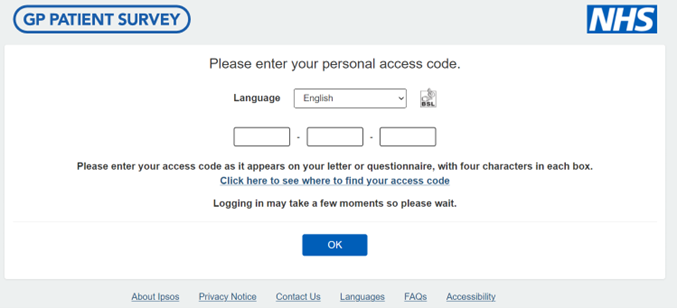
The questions in the online survey are identical to those on the paper questionnaire in terms of wording and design. To ensure comparability between the online survey and paper questionnaire, participants are able to skip questions in the online survey. However, a soft prompt asks them if they are sure they want to skip each question, to encourage completion. The online survey includes large answer option buttons, keyboard navigation, and labelled ‘Next’ and ‘Back’ buttons to improve accessibility. The online survey is also compatible with screen reader software on both desktop and mobile devices.
Figure 5.2: Question from the online survey
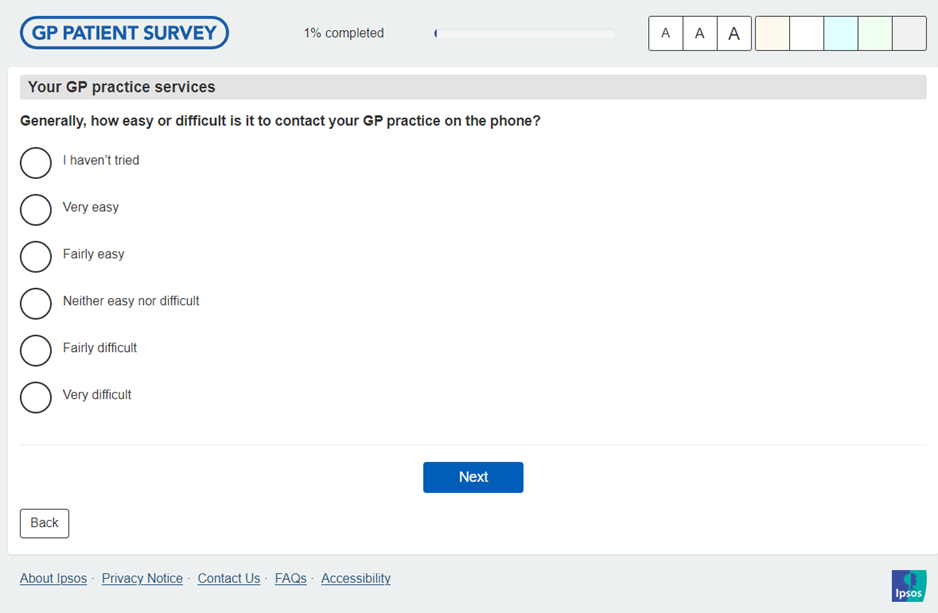
Only one online response per patient is accepted. If patients try to complete the survey more than once online, a message appears letting them know they have already completed it. If they do not complete the survey in one sitting, their unique access code will return them to where they had left off.
5.5.1 Total number of online returns
Overall, 585,338 patients completed the survey online during fieldwork in 2025 (compared with 563,585 in 2024). The proportion of patients completing the survey online has increased over time as shown in Table 5.2. The larger increases since 2019 were driven by changes in how participants are approached (e.g. via SMS and removing paper questionnaires from each mailing), designed to drive more people to take part online.
Table 5.2: Number and proportion of online returns
| Number of online completes | Online completes as a percentage of all completes | |
|---|---|---|
| 2025 | 585,338 | 83.3% |
| 2024 | 563,585 | 80.5% |
| 2023 | 344,936 | 45.4% |
| 2022 | 292,929 | 40.7% |
| 2021 | 314,508 | 37.0% |
| 2020 | 150,274 | 20.3% |
| 2019 | 78,657 | 10.2% |
| 2018 | 69,512 | 9.2% |
| 2017 | 47,440 | 6.0% |
5.5.2 Alternative online formats
Patients are offered several alternative methods of completion to ensure the survey is as accessible as possible. This includes the option to complete the online survey in one of 14 languages offered (in addition to English), or in British Sign Language (BSL). These versions of the survey are accessible from the specific language pages on the website or via a language drop down on the online survey login page (see Figure 5.1). Using one of these routes, patients may choose the language in which they wish to complete the survey (English, Arabic, Bengali, Chinese (Simplified), French, Gujarati, Italian, Polish, Portuguese, Punjabi, Romanian, Somali, Spanish, Turkish or Urdu).
For those entering the online survey via the shortened URL in the letter (www.gpsurvey.net/login (only active while survey is live)) or the short link in the SMS or e-letter, there is a language selection option on the login page (see Figure 5.3).
Figure 5.3: Introduction page for SMS route to online survey with language selection option
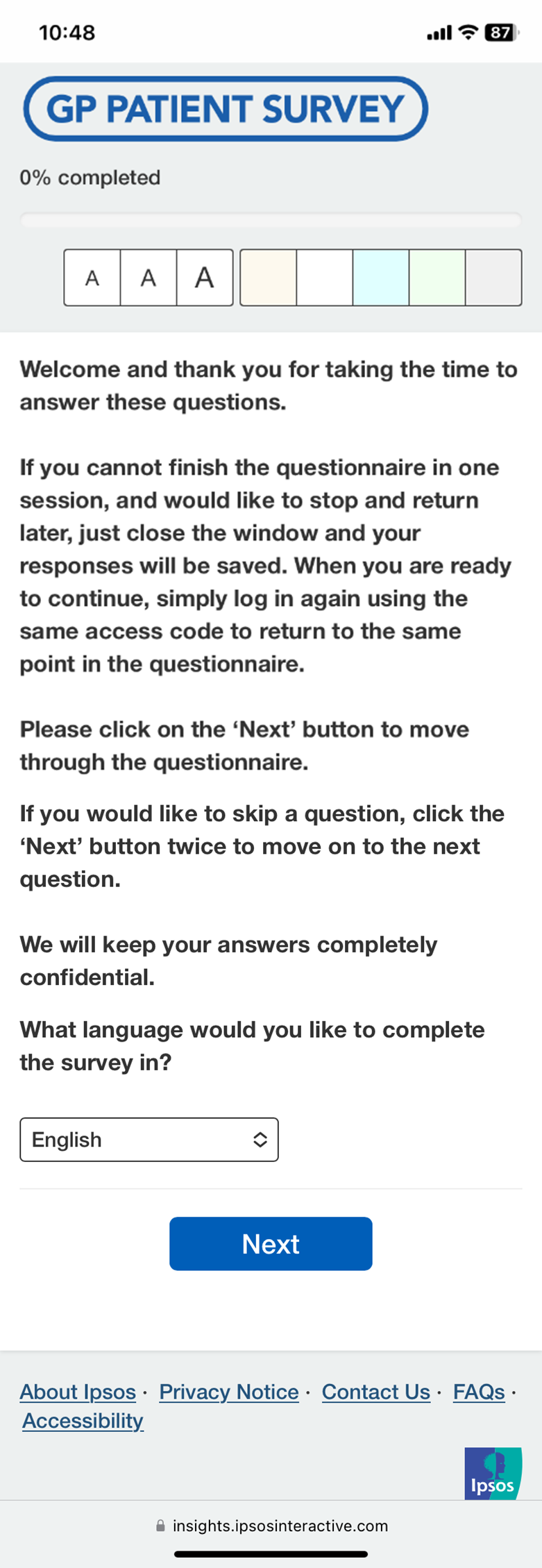
Likewise, the option for patients to access the BSL version is via the page dedicated to supporting BSL users. This involves showing video clips of a BSL user signing the instructions, questions, and options available (see Figure 5.4). There is a BSL logo on the survey log-in page to help promote this option (see Figure 5.1).
Figure 5.4: Viewing the questionnaire in BSL
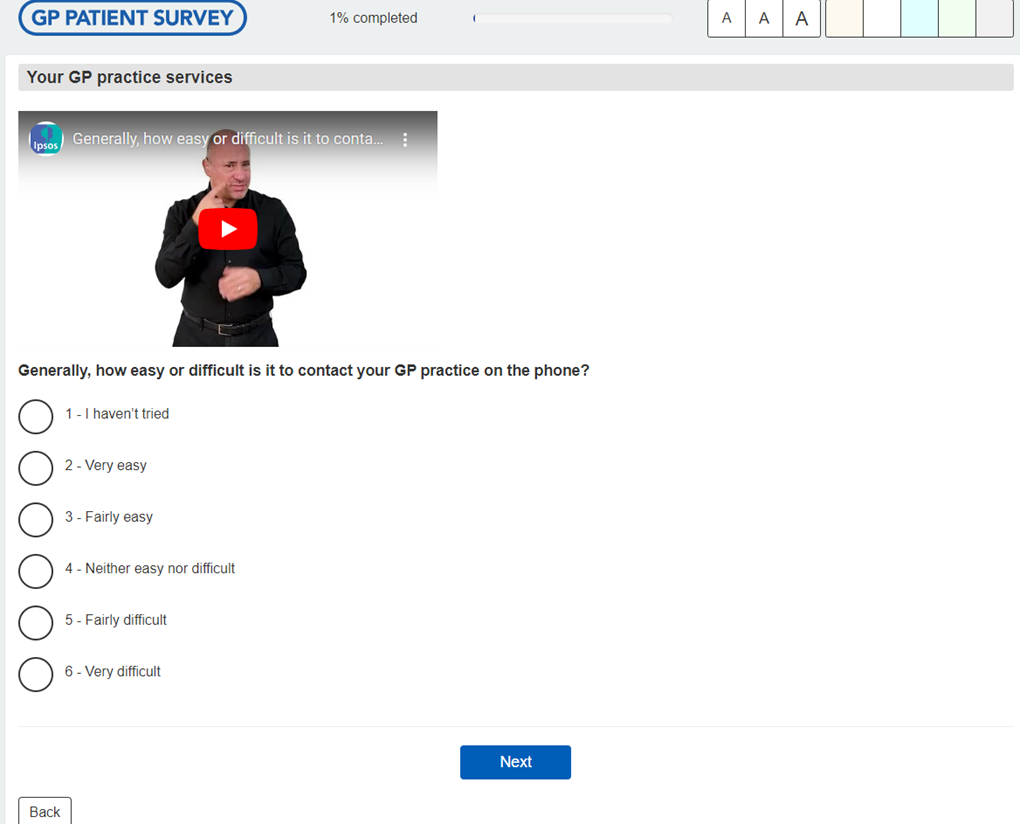
Table 5.3 details how many patients completed the 2025 survey in each available additional language and BSL. There were increases in the number completing online in another language (9,899 in 2025 compared with 9,322 in 2024), and an increase in the number using BSL (378 in 2025 compared with 335 in 2024).
Table 5.3: Completes per language and BSL
| Completes | |
|---|---|
| Arabic | 1,132 |
| Bengali | 370 |
| Chinese | 1,169 |
| French | 205 |
| Gujarati | 214 |
| Italian | 246 |
| Polish | 2,557 |
| Portuguese | 745 |
| Punjabi | 325 |
| Romanian | 1,305 |
| Slovak | 184 |
| Spanish | 814 |
| Turkish | 466 |
| Urdu | 167 |
| Total | 9,899 |
| BSL | 378 |
5.6 Telephone completion
Patients are also able to complete the GPPS questionnaire on the telephone (including in the 14 additional languages) by calling the Freephone helplines. Patients are asked for their unique access code before they can complete the survey and there is an automatic check on the access code to ensure that it is valid for the live survey. Helpline staff enter callers’ answers directly into the online version of the survey. In total, the helpline team assisted 296 patients in completing the survey during 2025 fieldwork, mostly because they did not have the digital skills or lacked internet access to complete the survey online, but some also had a visual impairment.
In 2022, a Text Relay service was also added to the helpline. However, no participants completed the survey using this service in the 2025 survey.
5.7 Braille and large print versions
Braille users are offered the opportunity to receive the questionnaire and letter in Braille and can then take part in the survey online. Large print is also made available for those who request a copy of the letter and questionnaire in this format. Returned large print questionnaires are entered manually into the online survey by the helpline team, using the patient’s unique access code. This year there were 89 requests for a large print survey, of which 51 were returned. There were no requests for a Braille version this year.
5.8 Respondent burden
Respondent burden provides information on the burden of those taking part in the survey. It is calculated using the Compliance Cost Model1 formula shown below:


For the 2025 GP Patient Survey the total compliance cost was 11,562,824 minutes. This is based on 702,837 full completes (online and paper) and 186,611 partial completes (to the online survey), with a median online completion time of 13 minutes.


